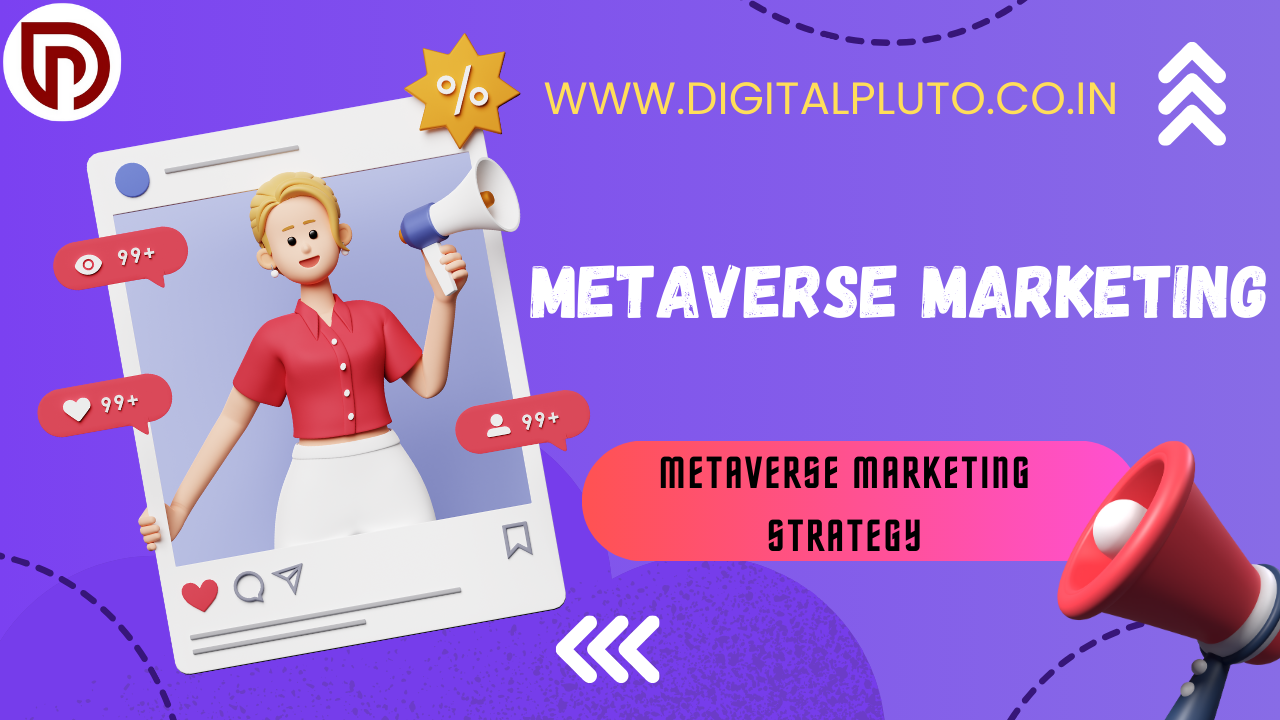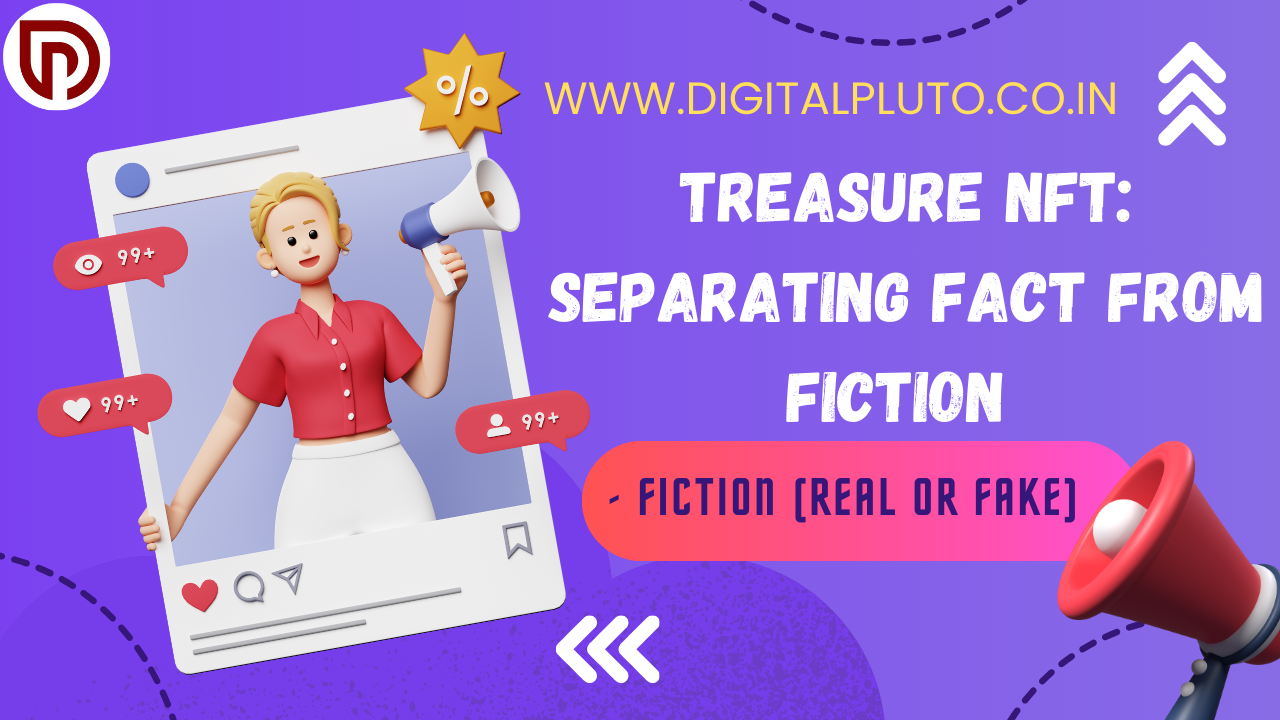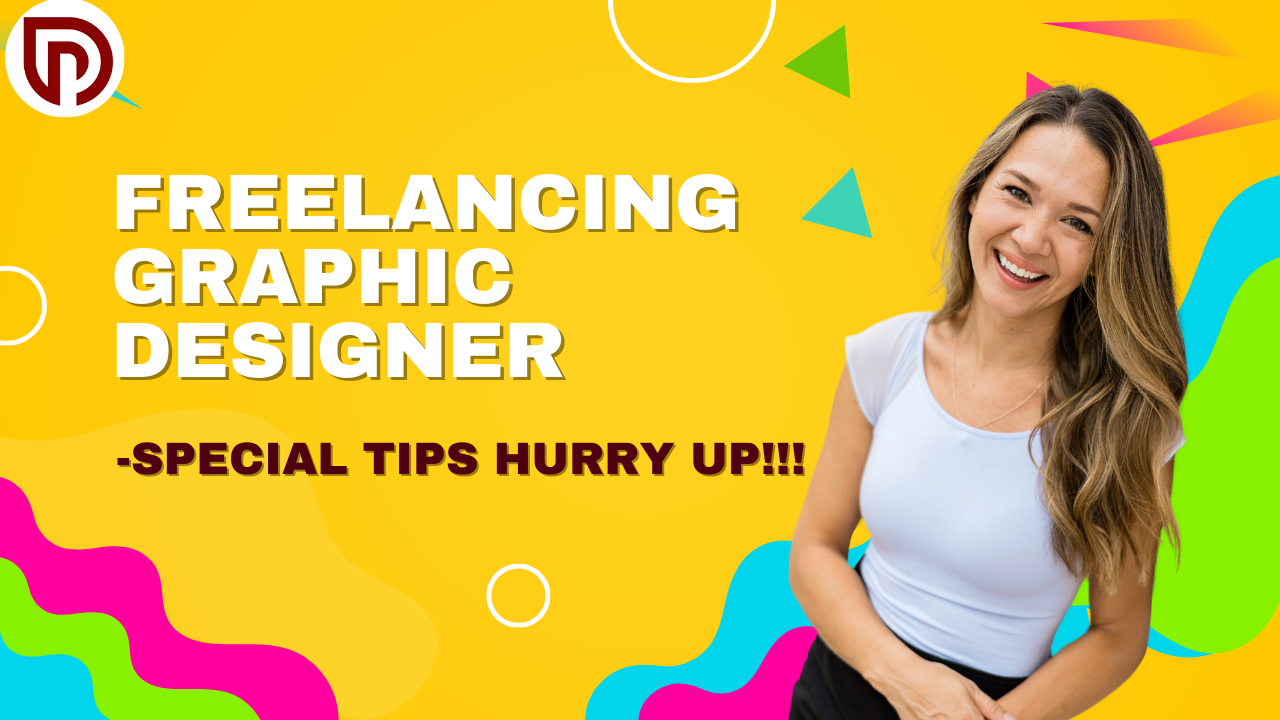
Freelancing Graphic Designer

One of the most sought-after abilities in the current digital environment is graphic design, which has the potential to bring in a sizable salary. The possibilities are unlimited, regardless of whether you want to work as a freelancer, full-time designer, or produce your own digital goods. We will lead you through every step of becoming a professional freelancing graphic designer and starting to earn money online in this in-depth guide.
What Does a Graphic Designer Do?
A graphic designer is in charge of producing visual designs for a variety of digital goods, interfaces, and content, as the name implies. Anything from graphics, logos, social media posts, and thumbnails to website and app designs (UI/UX) might fall under this category. The creative power behind the visual components we see on a daily basis in the internet world is essentially a graphic designer.
1. Income Potential for Graphic Designers
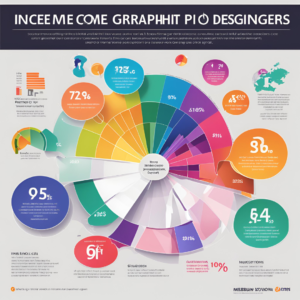
As a graphic designer, you have several income sources at your disposal. Here’s a breakdown of the earning potential in each area:
Professional Graphic Design Jobs
- In India, the average base package for a UI/UX designer in Bangalore is around ₹6 lakhs per year.
- For a product designer role, the average salary can range from ₹10-12 lakhs per annum.
Freelance Graphic Design Work
- As a beginner freelancing graphic designer, you can charge anywhere from₹500 to₹2,000 per thumbnail design.
- Logo design can fetch you between₹800 and₹2,000 per project.
- Designing merchandise, such as t-shirts, can earn you₹3,000 to₹5,000 per design.
- Social media post design can range from ₹500 to ₹2,000 per post.
Keep in mind that these are only average ranges and that your actual income will vary depending on your experience, skill level, and clientele size. An experienced freelance graphic designer can make over ₹1 lakh a month with perseverance and hard work.
Creating and Selling Digital Products
Graphic designers can also make a lot of money by producing and marketing digital goods online. Templates for business cards, resumes, emails, and other documents may be included. Although this is an extreme example, one designer made almost ₹1 crore by making a single email template.
2. Essential Graphic Design Software

As a beginner graphic designer, it’s important to start with user-friendly and accessible software. Here are some of the top tools you should consider:
Canva
Canva is a great place for novice graphic artists to start. With its extensive collection of templates and creative tools, this free web-based platform makes it simple for anyone without any prior design knowledge to produce designs that seem professional. With Canva alone, many people can generate a sizable revenue from their graphic design job.
Adobe Photoshop
Photoshop is a strong and flexible program that lets you make a wide range of designs, from thumbnails and social media posts to image editing and manipulation. It is regarded as one of the standard graphic design tools in the business.
Adobe Illustrator
The main purpose of Illustrator is to produce vector-based drawings that are scalable without sacrificing quality, like logos, illustrations, and graphics. For more complex graphic design work, it is a fantastic addition to Photoshop.
Figma and Sketch
These programs are very helpful for UI/UX design since they let you make prototypes, interactive designs, and web and app interfaces.
Even though these are some of the most widely used graphic design tools, you can experiment with a variety of other specialist programs, such as Adobe InDesign and Adobe XD, as your interests and abilities develop.
3. Learning Graphic Design

The best way to learn graphic design as a beginner is through online tutorials and resources, particularly on YouTube. Here are some of the top playlists to get you started:
- Canva Tutorials
- Adobe Photoshop Tutorials
- Adobe Illustrator Tutorials
- Figma Tutorials
- Sketch Tutorials
Start making your own designs for practice as you follow these lessons, such as UI/UX mockups, Instagram carousels, vector graphics, or YouTube thumbnails. This will help you develop your abilities and create a portfolio to display your work.
Learning the theoretical facets of graphic design, such as color theory, design principles, and typography, is crucial in addition to developing technical abilities. This will enable you to produce designs that are both more aesthetically pleasing and functional.
4. Building Your Graphic Design Portfolio

Your portfolio is a crucial tool for showcasing your skills and attracting potential clients. It’s important to start building your portfolio even before you land your first paid gig. Here are some tips:
Create Imaginary Client Work
Do not put off developing your portfolio until you have actual clients. Instead, make designs for your favorite businesses or fictional customers. For instance, you may make a new UI/UX design for a stock trading software or rework the logo for Paytm, Flipkart, or Nykaa.
Showcase Your Best Work
Focus on your best and most polished designs when choosing which ones to include in your portfolio. This could include UI/UX designs, logos, social media postings, and thumbnails.
Use Online Portfolio Platforms
There are several platforms specifically designed for graphic designers to showcase their work, such as Dribbble and Behance. These platforms allow you to create a professional-looking online portfolio and connect with potential clients.
Create a Personal Website
Alternatively, you can create your own personal website to host your portfolio. This gives you more control over the design and presentation of your work.
Leverage Google Drive
If you’re looking for a simple and free solution, you can also create a portfolio using a Google Drive folder and share the link with potential clients.
5. Finding Your First Paid Graphic Design Client
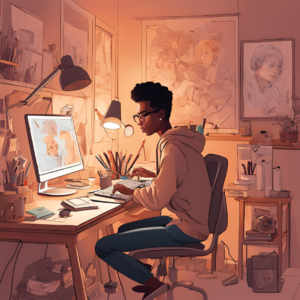
As a beginner graphic designer, getting your first paid client can be a challenge. However, there are a few effective strategies you can use to find your first client:
Leverage Social Media
People that are actively looking for graphic designers can be found on social media sites like Facebook, Twitter, Reddit, and LinkedIn. Just look for articles that say “Seeking a logo designer” or “Looking for a graphic designer” and contact them with your skills and portfolio.
Send Cold Emails
Sending cold emails to your favorite brands, companies, or creators is nothing to be frightened of. Tell them you are interested in working with them, introduce yourself, and show off your portfolio. This strategy has helped many prosperous freelancers get their first clients.
When contacting prospective customers, refrain from utilizing expressions such as “Please give me work; I need money very much.” Instead, concentrate on emphasizing your abilities, presenting your work, and comprehending their particular needs.
Determine Your Pricing
As a beginner, it’s best to start by asking the client about their budget and working within that range. This will help you gain experience and build your portfolio, even if the initial rates are on the lower side. Over time, you can gradually increase your prices as you develop your skills and reputation.
Conclusion
Even as a novice, it is completely possible to become a professional freelancing graphic designer and make a good living online. You can transform your love of design into a successful job by becoming proficient with the appropriate software, developing a solid portfolio, and successfully contacting possible clients.
Never stop learning, be persistent, and keep improving your abilities. You can access a plethora of prospects in the graphic design field with commitment and the appropriate tactics. I wish you well on your travels!
Follow https://www.digitalpluto.co.in/ for more latest updates about graphic design.



